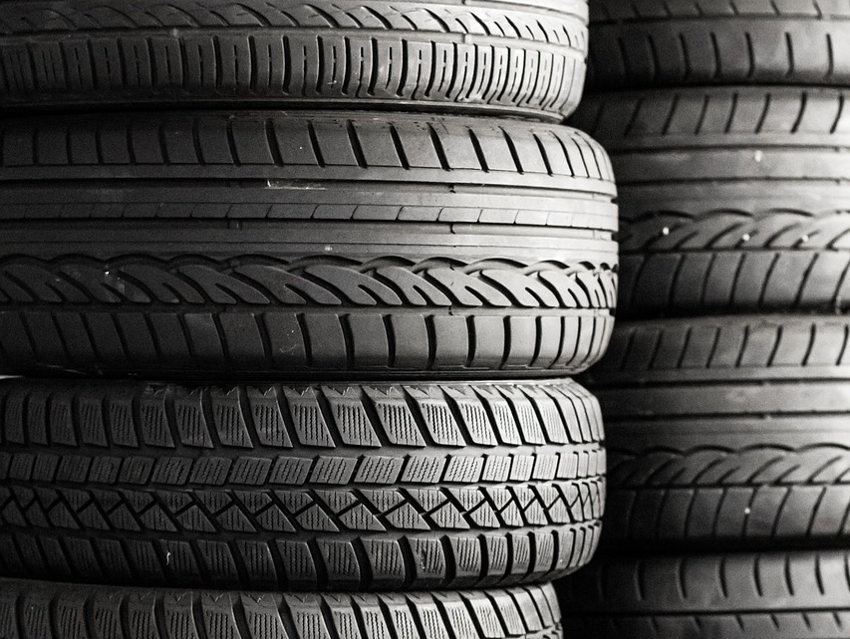The disposal of tires at the end of their lifetime is difficult due to the potential hazards of old tires in landfills, e.g., an increased fire risk. To decrease the negative impact on the environment, they should be repurposed for material recovery or energy recovery. Tire rubber can, for example, improve the toughness of cement. To access the materials, the tires can be pyrolyzed, resulting in the production of char, oil, gas, and metal. While the gas and oil can be directly used as energy sources for the pyrolysis process, the high specific surface area of the char makes it useful for adsorption purposes.
Robert Cherbański, Warsaw University of Technology, Poland, and colleagues have studied the use of activated tire pyrolysis chars in the absorption of phenols from aqueous solutions. Chars activated for different lengths of time were compared with commercially available carbon black. Phenol, 4-chlorophenol, and 2,4-dichlorophenol were chosen as model contaminants because they are commonly found in drinking water.
Adsorption experiments showed that longer activation times led to better adsorption efficiencies. This might be due to the increased surface area and pore volume, which both increase with longer activation time. Additionally, the adsorption of phenols depends on the chemical composition of the solution. A higher pH, for example, reduces the adsorption efficiency drastically. Similarly, higher ionic strength, which the team created by the addition of NaCl, increased the adsorption.
Overall, the work shows that activated chars from tire pyrolysis can be effectively used to absorb phenols from wastewater. By applying circular economy principles, this could contribute to environmental protection.
- Adsorption Properties of Activated Tire Pyrolysis Chars for Phenol and Chlorophenols,
Krzysztof Kuśmierek, Andrzej Świątkowski, Tomasz Kotkowski, Robert Cherbański, Eugeniusz Molga,
Chem. Eng. Technol. 2020.
https://doi.org/10.1002/ceat.201900574The article is part of a Chemical Engineering & Technology Special Issue on Hydrogen Energy Production




